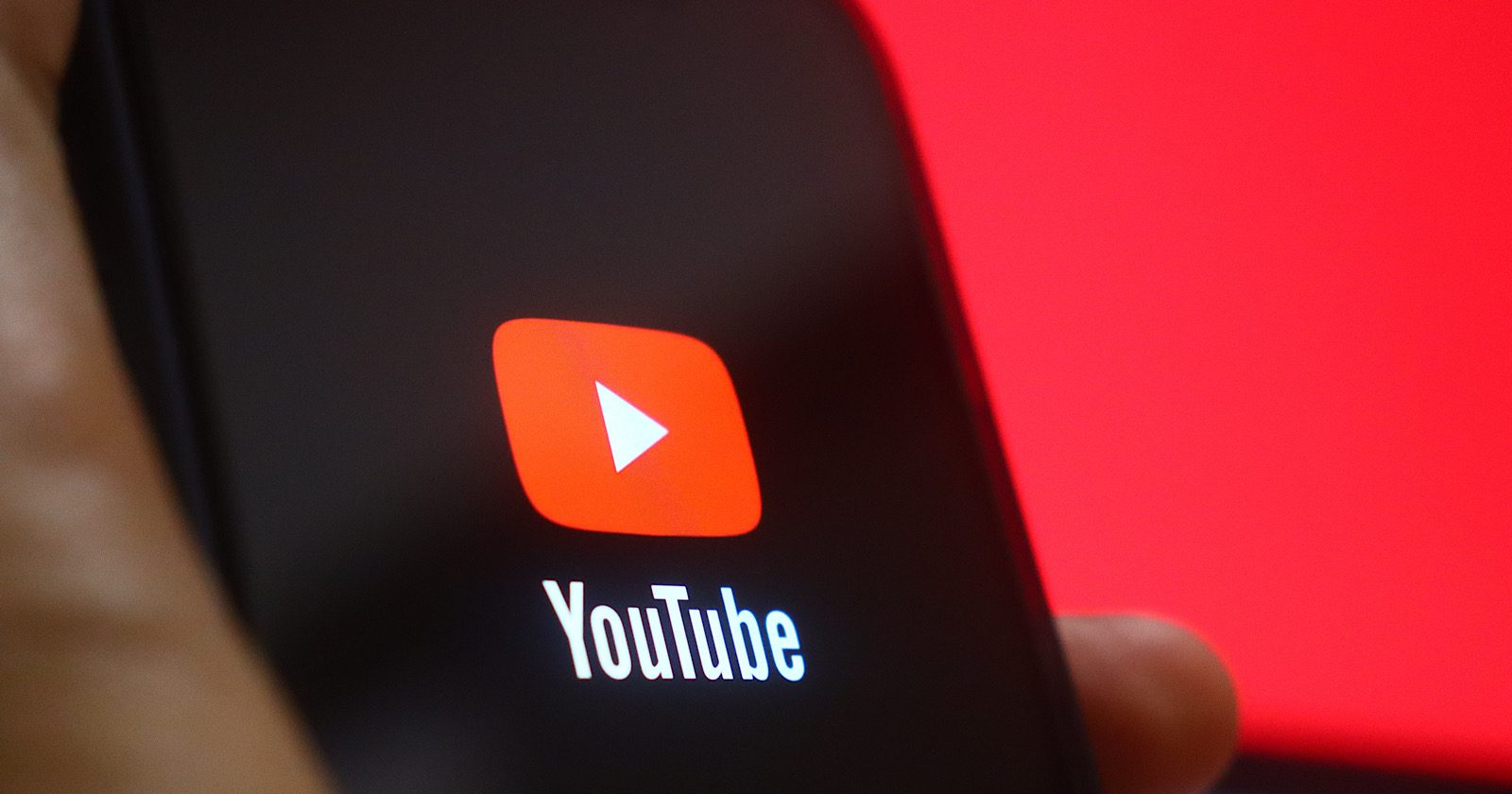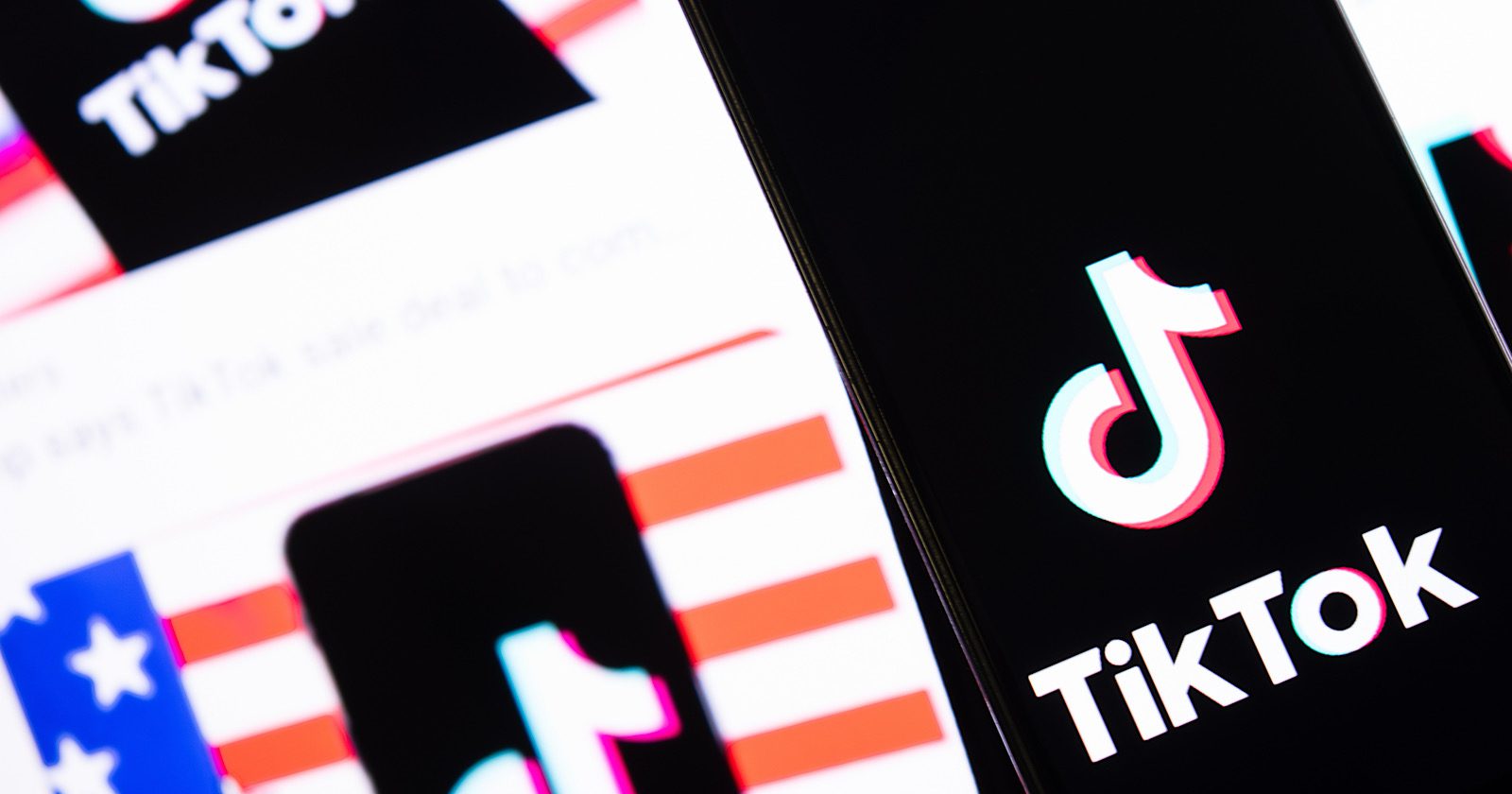YouTube Analytics Updated With Saved Reports & New Interface via @sejournal, @MattGSouthern

YouTube is rolling out updates to its Advanced Mode analytics in YouTube Studio.
The changes are designed to make data easier to access and interpret, particularly for creators and marketers who may not use these tools regularly.
Among the new features are custom report saving and a simplified interface that reduces visual clutter without removing functionality.
YouTube’s Advanced Analytics: What’s New?
New Interface
YouTube’s analytics team walked through the updates in a recent video, which you can see below:
The redesigned layout includes a new sidebar that puts filters, breakdowns, and metric selectors in one place. This allows you to make changes from any analytics page.
Save Your Favorite Reports
You can now save custom report configurations. This feature eliminates the need to reset filters and metrics every time you check the same data.
After configuring a report, click the Save button and assign a name to the report. Saved reports are accessible from the top navigation and are private to the logged-in user on that channel.
For example, a creator monitoring traffic sources for long-form content can save that specific setup and return to it without rebuilding the report.
Smarter Search & Filtering
The update improves how you find and sort content in Advanced mode:
- Search by title: Quickly locate specific videos within analytics.
- New sorting options: Sort by video length or publish date.
- Multi-metric selection: Add or remove several metrics at once.
- Hide chart view: Focus on data tables without visual distractions.
The updated breakdown picker includes options like geography, content type, and revenue sources. New filters help narrow down data to the most useful metrics.
Easier Access to Common Reports
YouTube has added shortcuts to frequently used reports. These include:
- First 24 Hours: Compare video performance during the first day after publishing.
- Audience Retention: Access viewer engagement data more easily.
- Comparison tools: Compare metrics, videos, content groups, or audience segments like age and gender.
Like other reports, these can also be saved for future use.
Why This Matters
These changes make it easier to track performance without needing to reconfigure data views.
For example, the ability to compare playlists and demographic groups can support more targeted content planning. Saved reports help streamline recurring tasks like client reporting or internal reviews.
Teams can also experiment with formats and strategies more efficiently by using the built-in comparison tools to analyze what works best.
Availabilitiy
The updates are rolling out to creators gradually. Once available, the redesigned Advanced Mode can be accessed from any analytics page in YouTube Studio.









